Hybrid electric vehicles use 12 V for most purposes (other than traction and aircon), and they generally come with a 12 V ‘auxiliary’ battery (lead-acid, about 45 Ah) charged from the vehicle DC-DC converter. For some owners, it would make more sense to use LFP chemistry for the auxiliary battery (which does not crank an engine). The vehicle that I have tested (a 2019 rav4 hybrid) does seem to sense and send appropriate voltage to a 50 Ah LFP battery (14.2 V bulk stage, dropping to 13.6 V once the battery is charged). But at low SOC, an unregulated LFP battery can draw too much current for either the battery (1C) or the vehicle circuitry (~100 A). There is a single cable to deliver charge to and from the battery. Interposing a DC-DC charger would limit current to the battery, but these are generally unidirectional, so the battery can no longer provide power as needed. Bidirectional DC-DC converters exist, but currently they seem to be very expensive. Is it as simple as adding something like a Schottky power diode back from the battery to the vehicle circuit? Is there a better solution?
I have looked at this thread using-lifepo4-battery-as-car-battery but it does not answer my question.